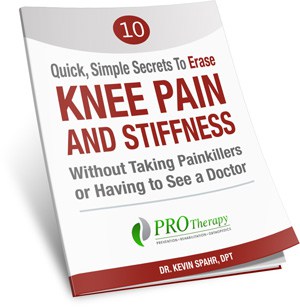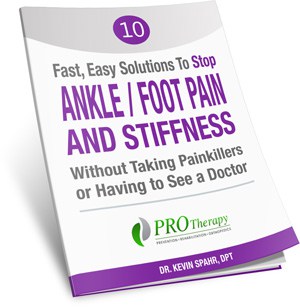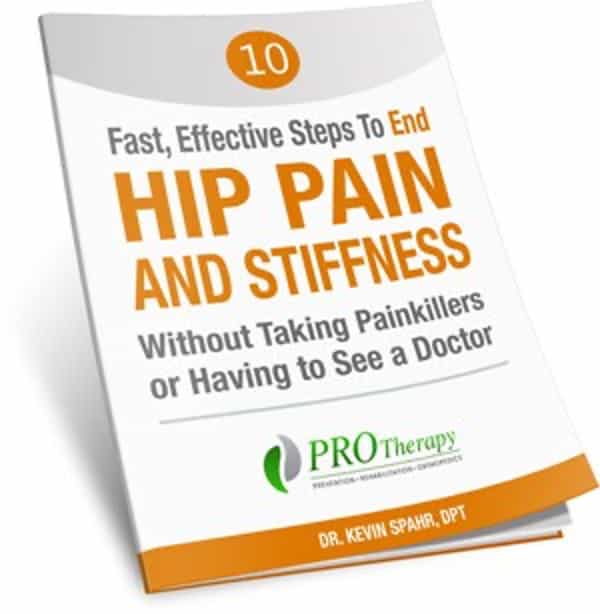We’ve all seen the headlines and heard the well-meaning advice: warm up before exercise, stretch regularly, and listen to your body. While these are certainly foundational, navigating the world of injury prevention can feel like wading through a sea of the same old information. But what if we could go a little deeper, uncover some less obvious strategies, and truly empower ourselves to stay active and pain-free?
 Let’s ditch the generic and dive into some smarter approaches to injury prevention:
Let’s ditch the generic and dive into some smarter approaches to injury prevention:
1. Cultivate Your Body Awareness: The Art of Subtle Signals
We often talk about “listening to your body,” but what does that truly mean? It’s not just about stopping when you feel sharp pain. It’s about tuning into the subtle whispers – that slight stiffness in your hip after sitting for too long, the unusual fatigue in your shoulder during a familiar movement, or the nagging ache that lingers just a little longer than usual.
These early signals are your body’s way of saying, “Hey, something isn’t quite right.” Learning to recognize and address these minor imbalances before they escalate into full-blown injuries is a game-changer. This might involve taking more frequent movement breaks during the day, adjusting your posture consciously, or modifying your exercise routine slightly when something feels “off.”
2. Embrace Movement Variability: The Spice of Life for Your Joints
Think about your typical day or workout routine. Do you tend to repeat the same movements over and over? While consistency can be beneficial, repetitive stress is a significant contributor to many injuries.
Introducing movement variability is like giving your body a diverse diet. Instead of always running the same route at the same pace, try incorporating trails, hills, or interval training. If you lift weights, explore different exercises that target the same muscle groups in slightly different ways. This not only challenges your body in new ways but also prevents excessive strain on specific tissues. Think of it as building resilience through adaptability.
3. Prioritize Sleep and Recovery: The Unsung Heroes of Injury Prevention
We often focus so much on the “doing” – the workouts, the stretches – that we overlook the crucial role of rest and recovery. Sleep is when your body repairs and rebuilds tissues, reduces inflammation, and restores energy levels. Skimping on sleep can leave you more vulnerable to injury.
Beyond sleep, active recovery strategies like light walking, foam rolling, or gentle stretching can help improve blood flow and reduce muscle soreness. Consider incorporating rest days into your routine as non-negotiable appointments with your well-being.
4. Mind the Kinetic Chain: It’s All Connected
Your body isn’t a collection of isolated parts; it’s an interconnected system. An issue in one area can often manifest as pain or injury in another seemingly unrelated region. For example, weak glutes can contribute to knee pain, and tight hip flexors can affect your lower back.
Understanding the kinetic chain – how different parts of your body work together during movement – is crucial. This means addressing not just the site of pain but also looking at the surrounding areas and identifying any imbalances or weaknesses that might be contributing to the problem. Consider exercises that engage multiple muscle groups and focus on overall functional movement.
5. The Power of Mindset: Cultivating Patience and Realistic Expectations
Sometimes, the biggest obstacle to staying injury-free is our own mindset. We might push ourselves too hard, too soon, driven by a desire for quick results. Cultivating patience and setting realistic expectations is key. Progress takes time, and respecting your body’s limits is not a sign of weakness but of wisdom.
Embrace the journey, celebrate small victories, and understand that setbacks can happen. A positive and patient mindset can help you navigate challenges and stay committed to your long-term well-being.
Moving Forward, Mindfully
Injury prevention isn’t about avoiding all activity; it’s about moving smarter, listening intently, and nurturing your body’s ability to adapt and recover. By incorporating these less conventional strategies alongside the foundational advice, you can build a more resilient body and enjoy the activities you love for years to come.
- Physical Therapy Programs for ACL Tear Recovery (And Prevention) - December 17, 2025
- Top Questions Women Ask About Pelvic Pain (But Are Too Afraid to Ask) - December 12, 2025
- Treating and Avoiding Hockey Injuries with Physical Therapy - November 26, 2025










